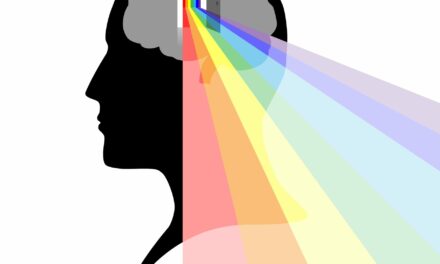Diagnostics company CND Life Sciences is studying its Syn-One Test in hopes of predicting the conversion of clinically suspected REM sleep behavior disorder (RBD) to a more advanced synucleinopathy like Parkinson’s disease and dementia with Lewy bodies.
Founded in 2017, CND operates a CLIA-certified laboratory in Phoenix, Ariz. The company launched the Syn-One Test in 2019 as the world’s first commercially available test to detect, visualize, and quantify phosphorylated alpha-synuclein located in cutaneous nerve fibers.
CND has recently been awarded a $3 million Phase II Small Business Innovation Research grant from the National Institute of Neurological Disorders and Stroke of the National Institutes of Health (NIH). This is the third such award for the company to study and advance the clinical application of the Syn-One Test.
“The results from this study could greatly expand the possibilities for Syn-One as a cutaneous neurodiagnostic test, as we explore the utility of identifying phosphorylated alpha-synuclein deposition in the prodromal stage of neurodegenerative diseases,” says Todd Levine, MD, CND’s chief medical officer and principal investigator for the study, in a release. “Synucleinopathies represent a devastating group of diseases that evolve over many years and even decades. Being able to detect phosphorylated alpha-synuclein in patients with RBD could allow us to treat and even prevent debilitating diseases like [Parkinson’s disease] and [dementia with Lewy bodies] before they fully develop. The success of future treatments for these disorders will be tied to how precisely and early we can understand the patient’s pathology.”
REM sleep behavior disorder is one of the earliest pre-motor manifestations of neurodegenerative disease and is often present 10 to 15 years prior to diagnosis of Parkinson’s disease, dementia with Lewy bodies, or multiple system atrophy. A majority of these individuals are at risk of converting to another synucleinopathy in their lifetimes.
CND’s Syn-One Test uses three small skin biopsies collected from a patient in a physician’s office to detect and visualize the presence of misfolded, phosphorylated alpha-synuclein, the abnormal form of a naturally-occurring protein that is the pathological hallmark of the synucleinopathies including REM sleep behavior disorder.
Titled the Syn-Sleep Study, CND’s 80-patient, multicenter clinical investigation will collaborate with the North American Prodromal Synucleinopathy Consortium, which is conducting a larger, longitudinal research initiative with patients diagnosed with REM sleep behavior disorder. CND’s NIH-supported study aims to use the Syn-One Test and artificial intelligence software to confirm the presence of phosphorylated alpha-synuclein in patients with clinically suspected RBD and predict the disease’s conversion to a more advanced synucleinopathy like Parkinson’s and dementia with Lewy bodies.
Achieving these aims would allow clinicians to use Syn-One as a diagnostic tool early in the disease process and facilitate the application of disease-modifying therapies and other evidenced-based interventions for patients in the future.
“Identifying prodromal markers of neurogenerative disease is essential for research and clinical care,” says Mitchell Miglis, MD, clinical associate professor of neurology and neurological sciences and psychiatry and behavioral sciences at Stanford University, in a release. “This is especially significant in those with RBD, a prodromal manifestation of synuclein-driven neurodegenerative disease that represents a window for potential therapy. Cutaneous alpha-synuclein, as measured in the Syn-One Test, is one such biomarker, and can be used to help confirm the underlying pathology in RBD, as well as to help identify patients for future clinical trials.”
Photo 198642459 / Doctor © Lacheev | Dreamstime.com





